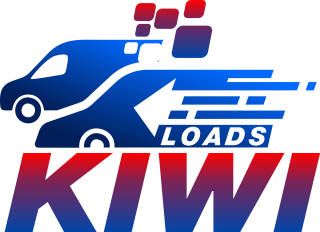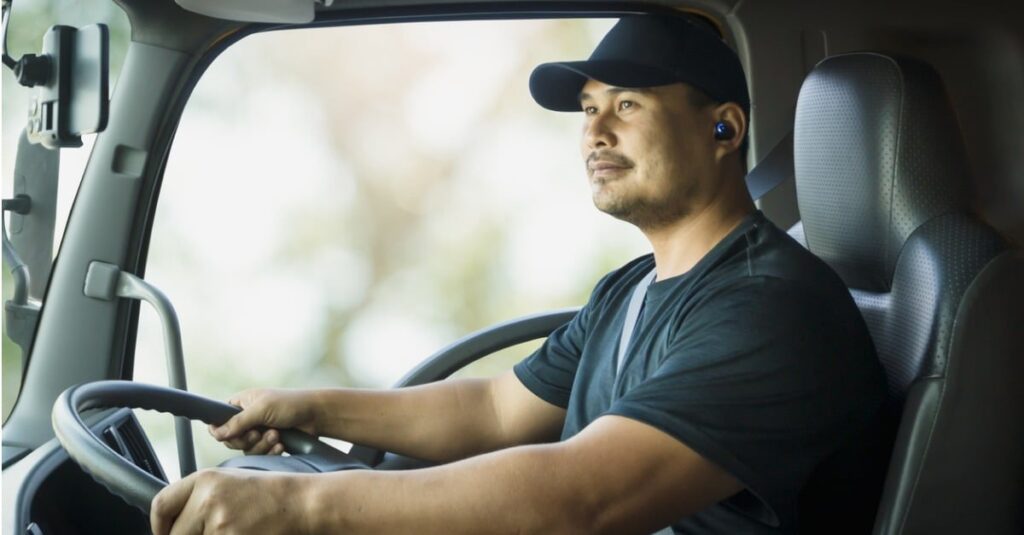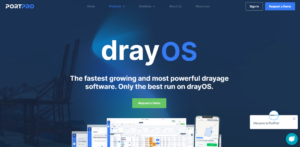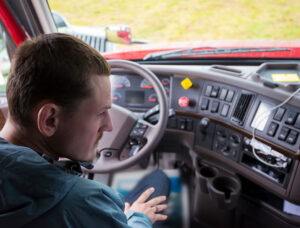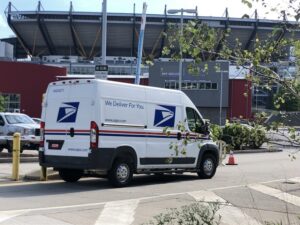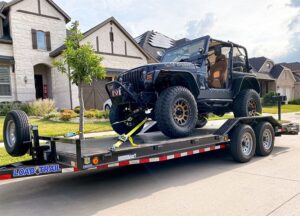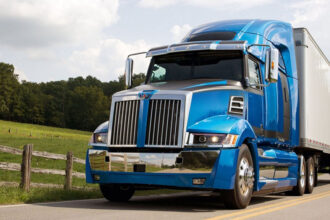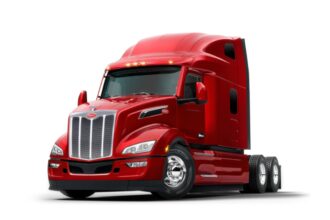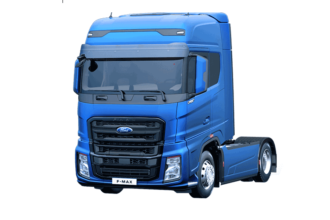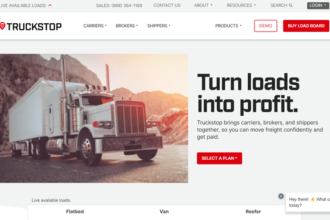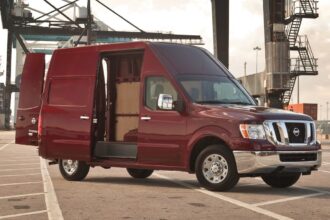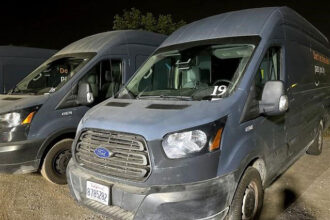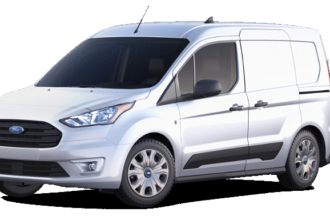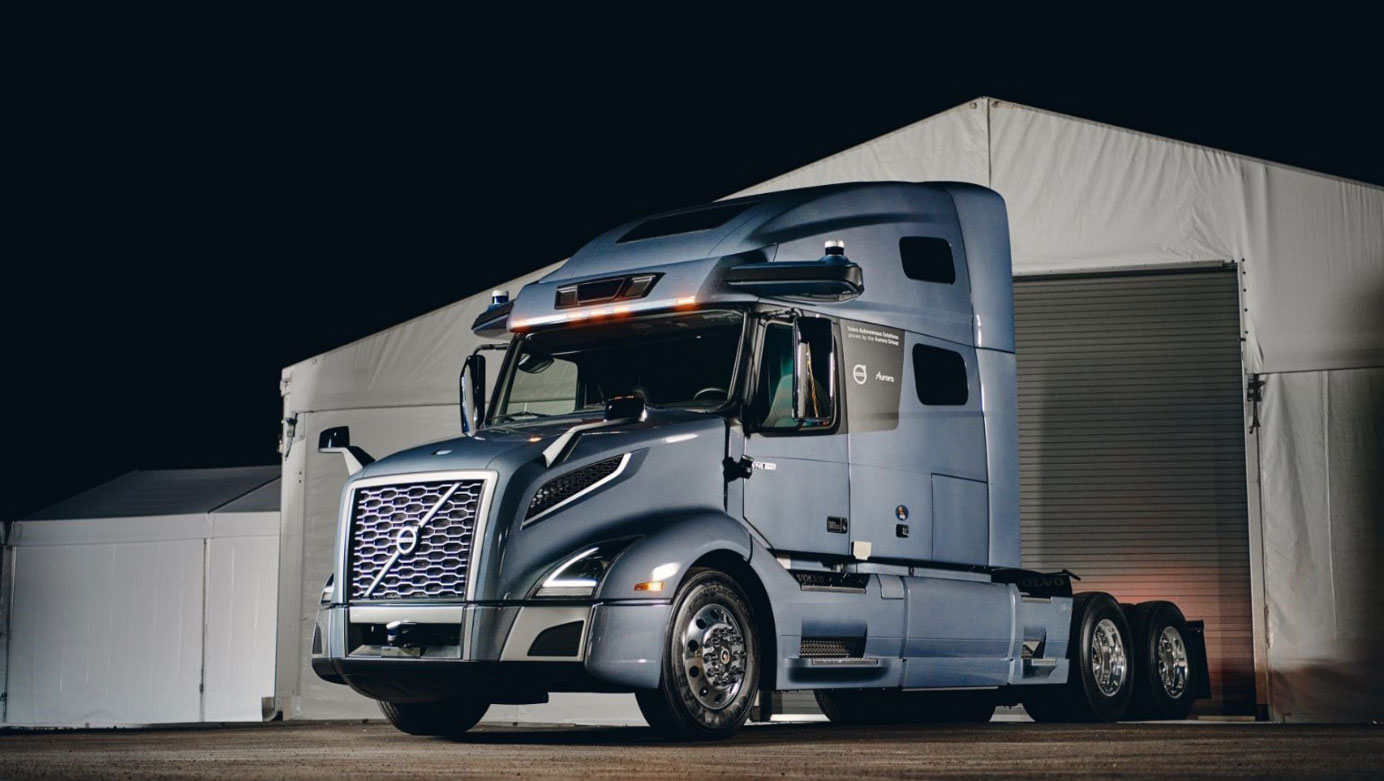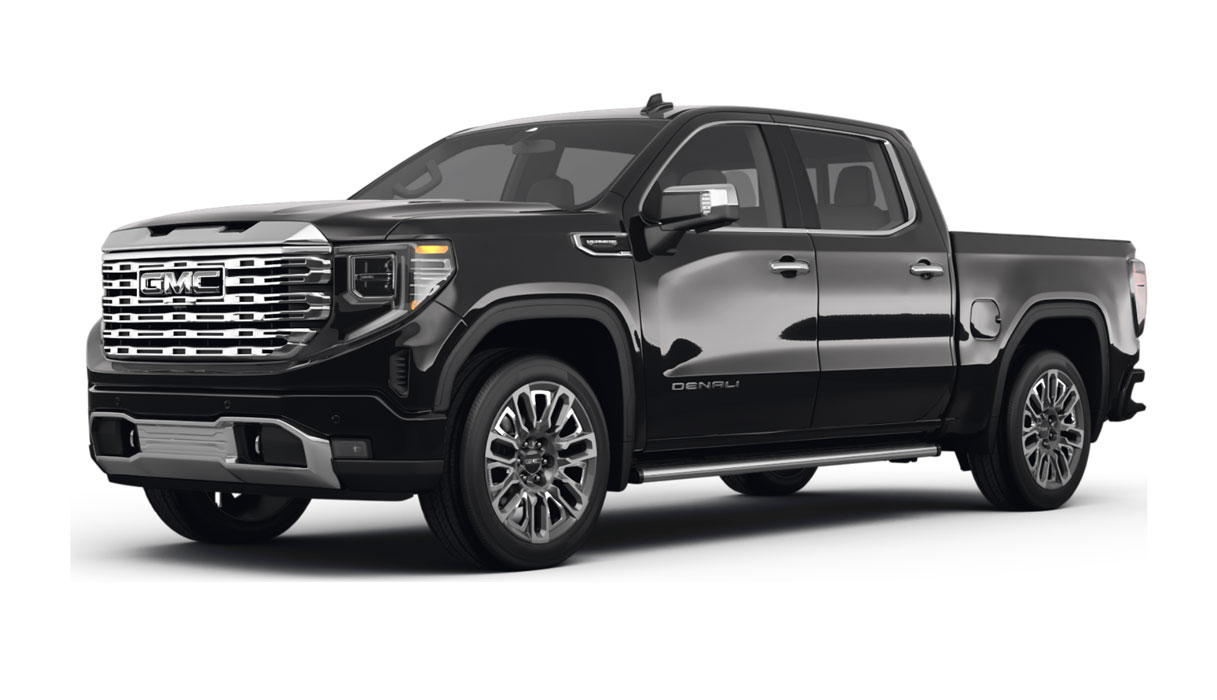Table of Contents
Are you ready to hit the open road and embark on a thrilling career as a commercial driver? Getting a Commercial Driver’s License (CDL) is your ticket to the world of big rigs, buses, and exciting opportunities. But it’s not just about driving; it’s about mastering the art of safely navigating powerful machines through our highways.
In this article, you’ll uncover the secrets of CDL classes and endorsements, discover the eligibility criteria that will get you behind the wheel, and delve into the exciting world of CDL training. Get ready to decode the intricate world of vehicle inspections, nail those tricky maneuvers, and ace the skills test.
Whether you dream of trucking cross-country, steering a massive bus, or handling hazardous materials with care, your CDL journey begins here!
To get a CDL license;
1. Understand CDL Classes And Endorsements
To obtain a CDL license, understand CDL classes and endorsements.
CDLs are divided into three main classes, each granting different privileges:
Class A CDL: This class allows you to operate the heaviest and most complex commercial vehicles, including tractor-trailers (also known as semi-trucks) and other large combination vehicles. With a Class A CDL, you can haul trailers with a Gross Combination Weight Rating (GCWR) exceeding 26,000 pounds.
Class B CDL: With a Class B CDL, you can operate single vehicles with a GVWR (Gross Vehicle Weight Rating) of 26,001 pounds or more. This class includes vehicles like buses, delivery trucks, and straight trucks.
Class C CDL: Class C is for smaller commercial vehicles that do not fit the criteria for Class A or B. It includes vehicles designed to transport 16 or more passengers or vehicles used to transport hazardous materials.
In addition to CDL classes, endorsements further specify your qualifications and expand your driving opportunities. Common endorsements include:
Hazardous Materials (H): Allows you to transport hazardous materials, such as chemicals and gases.
Tank Vehicles (N): Required to transport liquid or gas in bulk.
Passenger Transport (P): Needed for driving vehicles designed to transport passengers, like buses.
School Bus (S): Required for operating school buses.
Double/Triple Trailers (T): Allows you to tow multiple trailers.
>>>MORE: How to Get a CDL for Free
2. Check For Eligibility Requirements
To get a CDL license, check for eligibility requirements.
Age Requirements
To apply for a CDL, you must meet age requirements. Generally, you must be at least 18 years old to obtain an intrastate CDL, allowing you to drive commercial vehicles within your state’s borders. However, if you plan to engage in interstate commerce and cross state lines, you’ll need to be at least 21 years old.
Clean Driving Record
A clean driving record is essential. This means you should not have a history of serious traffic violations or convictions. A history of DUI (Driving Under the Influence) or multiple speeding tickets may disqualify you.
Medical Fitness
You must meet specific medical requirements to ensure you’re physically fit for the demands of commercial driving. This involves passing a medical examination performed by a certified medical examiner. Common health issues like vision problems or certain medical conditions can impact your eligibility.
Residency
You typically need to be a U.S. citizen or have legal permanent residency to obtain a CDL. Some states may have additional residency requirements.
Criminal History
Some criminal convictions may affect your eligibility, particularly if they involve felonies related to drugs, violence, or theft. Always check with your state’s Department of Motor Vehicles (DMV) for specific details.
3. Obtain A Commercial Learner’s Permit (CLP)
To collect a CDL license, obtain a Commercial Learner’s Permit (CLP).
Begin by collecting the necessary documentation, which typically includes proof of identity, residency, and citizenship or legal presence. Check with your state’s Department of Motor Vehicles (DMV) for specific requirements.
Visit your local DMV office to take a vision test. Your vision must meet the minimum standards for safe driving.
Pay the applicable fees for the CLP application process. Fees can vary by state and may include charges for written tests and issuance.
Obtain a copy of the CDL manual from your state’s DMV or their website. This comprehensive guide contains essential information about the CDL application process, traffic laws, and safe driving practices.
4. Study For the CDL Written Exam
To acquire a CDL license, study for the CDL written exam.
Familiarize yourself with the topics covered in the written test, which typically include general knowledge, air brakes (if applicable), combination vehicles, and any endorsements you plan to pursue, such as hazardous materials or passenger transport.
Establish a study schedule that fits your learning style and daily routine. Allocate dedicated time to study each section of the CDL manual systematically. Break down your study sessions into manageable chunks to absorb the material effectively.
Many online resources offer CDL practice tests that simulate the actual exam. These tests help you gauge your knowledge, identify weak areas, and become familiar with the test format and types of questions you’ll encounter.
5. Enroll In A CDL Training Program
To obtain a CDL license, enroll in a CDL training program.
CDL training programs offer comprehensive education on operating commercial vehicles, covering essential topics such as vehicle inspection, safe driving practices, and compliance with regulations. These programs provide a structured and in-depth curriculum to ensure you’re well-prepared for both the written and skills tests.
One of the most valuable aspects of CDL training is the hands-on experience it provides. You’ll have the opportunity to practice driving and maneuvering commercial vehicles under the guidance of experienced instructors. This practical training is essential for building confidence and competence.
CDL training programs focus on developing the specific skills needed for safe and efficient commercial driving. This includes mastering the pre-trip vehicle inspection, navigating challenging maneuvers, and understanding the nuances of operating large vehicles.
Many employers prefer or require candidates with formal CDL training. Graduating from a reputable program can enhance your job prospects and make you a more attractive candidate in a competitive job market.
Successful completion of a CDL training program often leads to certification, which can be beneficial when seeking employment or negotiating higher pay rates.
>>>PRO TIPS: How To Get A CDL Without School
6. Schedule And Take the Skills Test
To acquire a CDL license, schedule and take the CDL skills test.
The CDL skills test typically comprises three main areas:
Pre-Trip Inspection
You must demonstrate your knowledge of a commercial vehicle’s safety features and components by conducting a thorough pre-trip inspection.
Basic Control Skills
This portion assesses your ability to maneuver a commercial vehicle through specific maneuvers, such as straight-line backing, offset backing, and parallel parking.
On-Road Driving
During this phase, you’ll drive the commercial vehicle on public roads, where your skills in various real-world scenarios will be evaluated.
Contact your local Department of Motor Vehicles (DMV) or an approved third-party testing center to schedule your skills test. Be prepared to provide necessary identification and pay the required fees.
Arrive at the testing location on the scheduled day with your identification, CLP, and any required endorsements. Follow all instructions given by the examiner and remain calm throughout the process.
To obtain your CDL, you must pass each phase of the skills test. The passing criteria can vary by state, but typically you’ll need to demonstrate safe and competent operation of the commercial vehicle.
7. Apply For Your Full CDL
To get a CDL license, apply for your full CDL.
This step finalizes your journey to becoming a professional commercial driver.
Head to your local Department of Motor Vehicles (DMV) office. Ensure you have all the necessary documentation, including your Commercial Learner’s Permit (CLP), identification, proof of residency, and any required endorsements.
Prepare to pay the applicable fees for your CDL. Fees can vary by state and class of CDL.
In some cases, you may need to pass additional tests at this stage, such as a written exam for specific endorsements or a skills test for certain CDL classes. Ensure you’re well-prepared for any tests required in your situation.
Fill out the CDL application forms provided by the DMV. Be sure to accurately provide all requested information.
Review your application for accuracy before submission. Any errors or discrepancies could cause delays in the process.
Once your application is processed and approved, you’ll typically have your photo taken for your CDL, and you’ll be issued your full CDL.
Summary
Obtaining a CDL is a multi-step process that requires dedication, preparation, and commitment to safety. By following these steps and staying informed about regulations, you can achieve your goal of becoming a licensed commercial driver and embark on a rewarding career in the transportation industry. Good luck!
